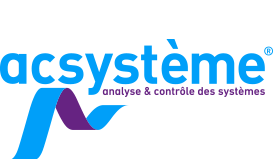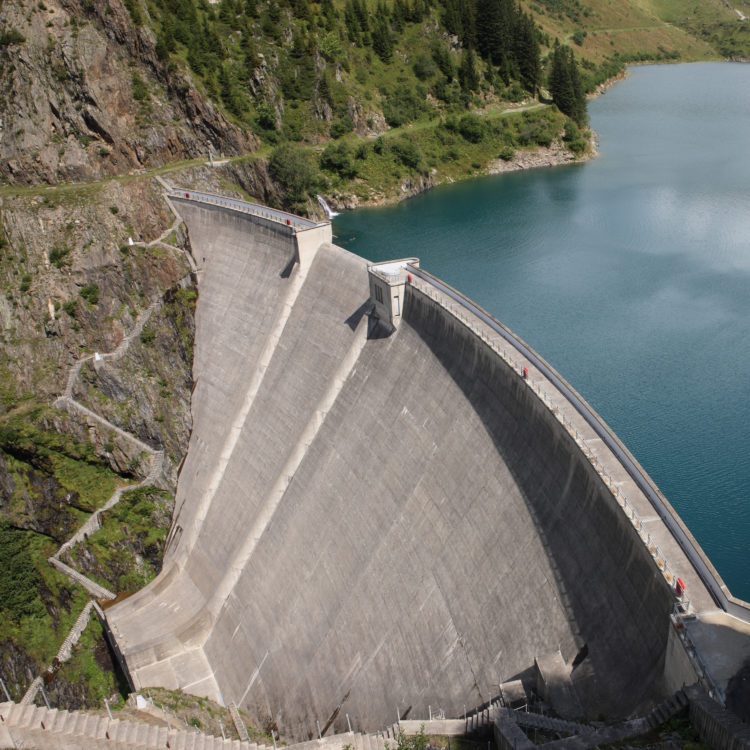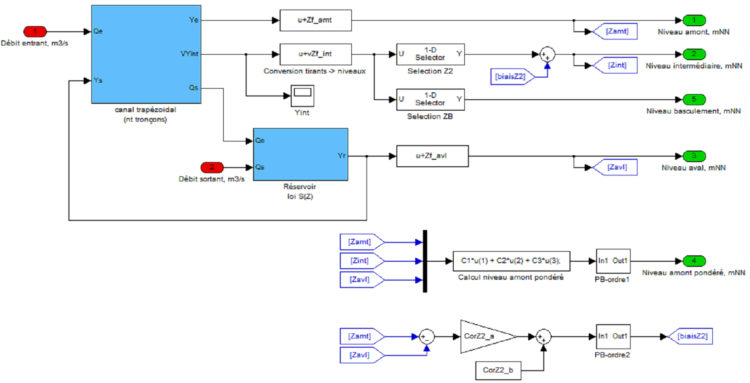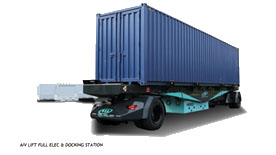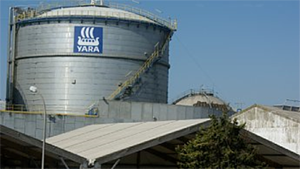Simulation : what for ?
Even if the majority of industrialists trust the power of simulation when it comes to designing and optimising structures, there are still some sectors where this approach is not in use, sometimes owing to the unawareness of potential benefits.
Thanks to the improvement of computation performance, and particularly with numerical computation, modelling and simulation have become key elements when studying a system. Through simulation, we are able to explore a lot of situations in a relatively short time. According to the need, modelling can cover several shapes (knowledge-base model, black box…) with different levels of detail (global model, simplified model, finite element…).
In this article, we will present a (non-exhaustive) overview of the modelling approach in industry. It is illustrated with examples that are derived from Acsystème experience in which simulation is employed for:
- operational and behavioral analysis,
- sizing and optimising process.
